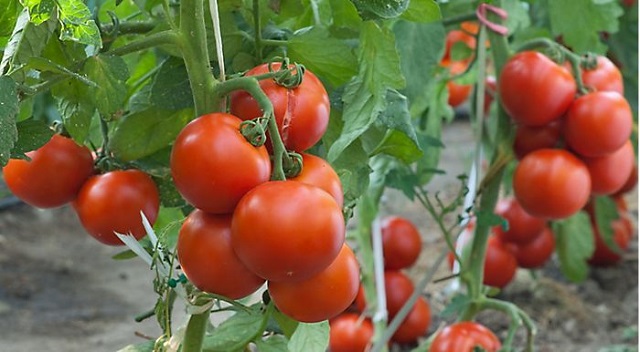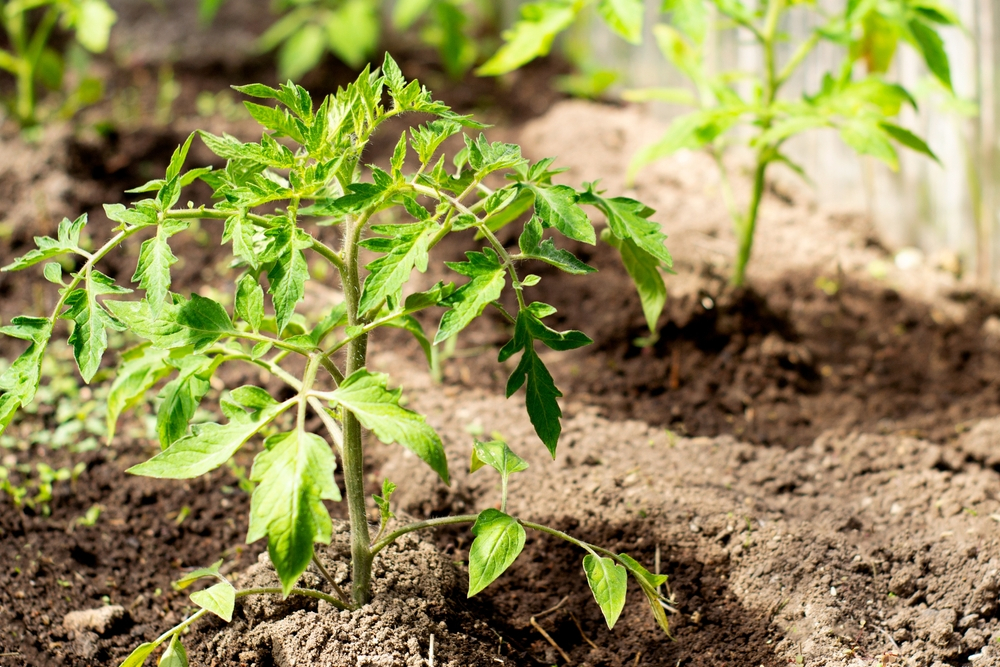
 Rapa FM Pader
Rapa FM Pader

 Rapa FM Pader
Rapa FM Pader
24 July 2024, 11:51
By Lakareber Kasline Gladys

Farmers in Pader and neighbouring districts are being encouraged to use fertilisers to boost their harvests, with experts highlighting the benefits of both inorganic and organic options.
Agricultural experts have observed that only a small number of farmers in Pader district and the Acholi sub-region utilise inorganic fertilisers, significantly impacting crop production and overall agricultural productivity.
Challenges in fertiliser use
Mr Masaba Gomei, an agricultural expert with The Hub Uganda, attributes the region’s low production to a lack of information and financial constraints faced by farmers. He explains that inorganic fertilisers are expensive because they require necessary soil testing and other preparatory steps to ensure effectiveness.
Mr Gomei says these additional costs often deter farmers from using them. “Inorganic fertilisers, while beneficial, come with a price tag that includes the cost of soil testing and other preparatory steps. These steps are crucial to ensure the fertilisers are effective, but they also make them less accessible to many farmers,” Mr Gomei explained.
Support from local authorities
Mr Seydou Opoka Adolatona, the Pader district Agricultural Officer, is a strong advocate for the use of fertilisers. He emphasises the importance of proper application for optimal results and disputes the claims that inorganic fertilisers damage the soil.
“It is not the fertilisers themselves that cause harm but the improper use by farmers who do not follow expert directives. When used correctly, inorganic fertilisers can significantly boost crop yields without damaging the soil,” Mr Adolatona stated.
Farmers’ perspectives
Michael Onen-can, a farmer from Amoko Lagwai in Latanya Sub-county, specialises in growing watermelons and has seen firsthand the benefits of using fertilisers. He stresses the importance of following expert advice rather than criticising inorganic fertilisers without understanding their benefits.
“Criticising inorganic fertilisers without proper knowledge and understanding can lead to missed opportunities for better yields. I have followed expert advice, and the results have been impressive,” Onen-can shared.
Similarly, Mr Nelson Too-Lit, a tomato farmer in Latanya Sub-county, supports the use of inorganic fertilisers. He believes they meet farmers’ expectations when used according to expert guidance.
“Inorganic fertilisers work best and satisfy farmers’ expectations, but it’s crucial to follow the exact guidance from experts. After the harvest, farmers should avoid using chemicals frequently to maintain soil health,” Mr Too-Lit advised.
Integrated fertiliser approach
Experts recommend an integrated approach that combines both inorganic and organic fertilisers. This method offers immediate benefits and supports long-term soil health. Inorganic fertilisers provide quick nutrient availability, leading to immediate improvements in crop growth, while organic fertilisers enhance soil structure and fertility over time.
“An integrated approach allows farmers to enjoy the best of both worlds. Inorganic fertilisers offer a quick boost in nutrient availability, while organic fertilisers improve soil health in the long run,” Mr Gomei noted.
The way forward
The choice of fertilisers should depend on specific circumstances, including farmers’ goals, available resources, and environmental conditions. Agricultural experts and local authorities are encouraged to provide more education and financial support to farmers, enabling them to make informed decisions about fertiliser use.
The future of farming in Pader and the surrounding districts looks promising with the adoption of these advanced agricultural practices.
Organic fertilisers are derived from natural sources, such as plant and animal residues. They include compost, manure, bone meal, and other organic materials that improve soil health and fertility. Meanwhile,
Inorganic fertilisers, also known as synthetic or chemical fertilisers, are manufactured from mineral salts and chemical compounds. They include products such as ammonium nitrate, superphosphate, and potassium chloride.